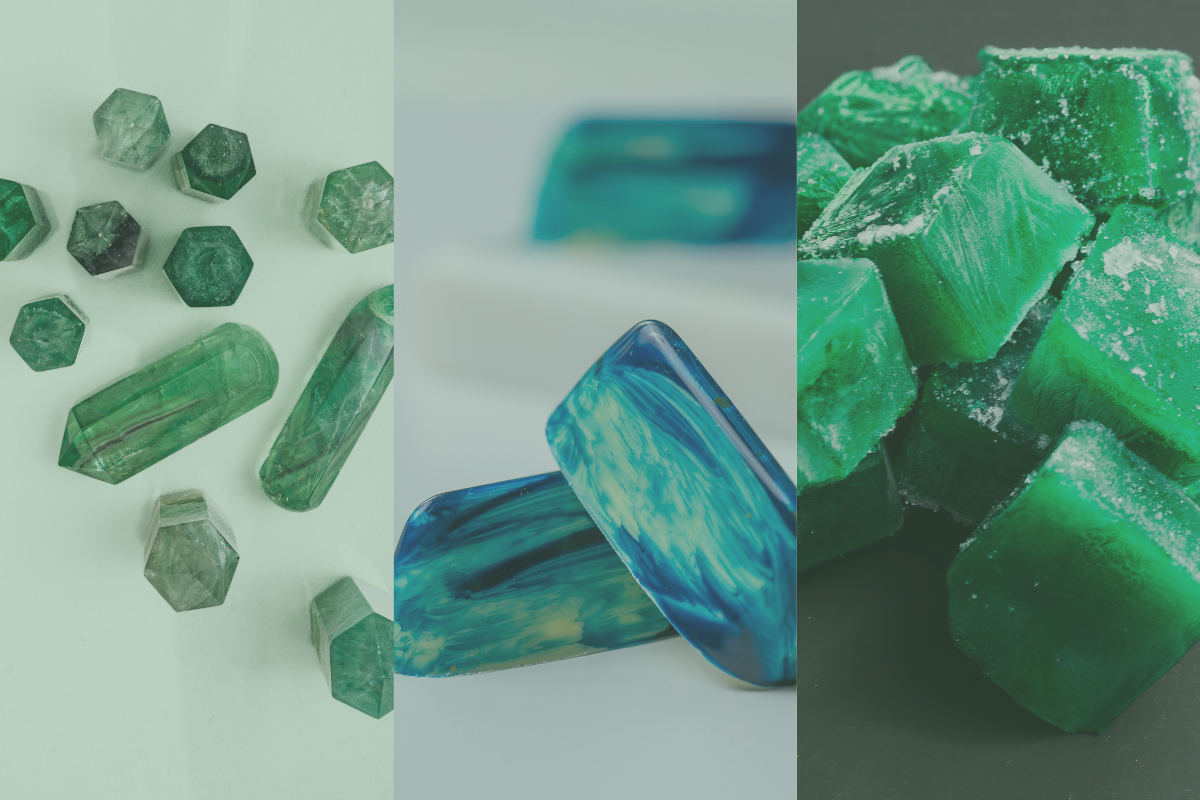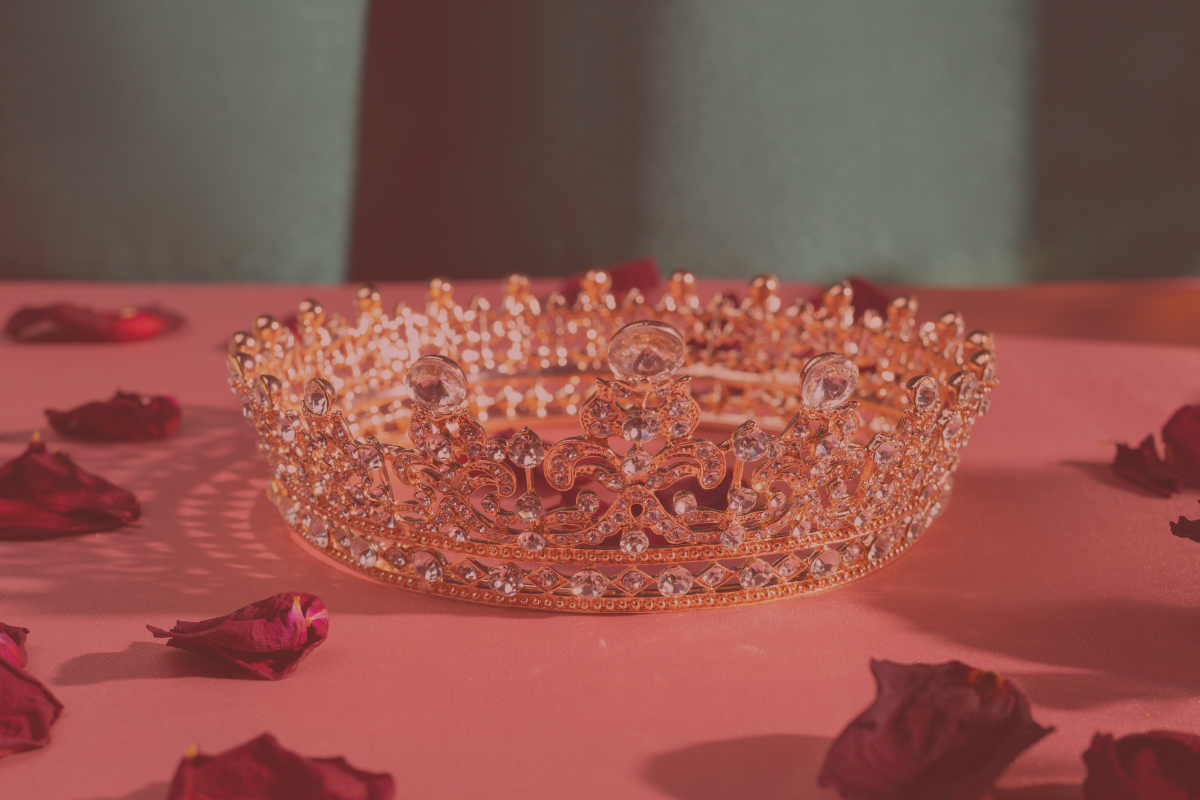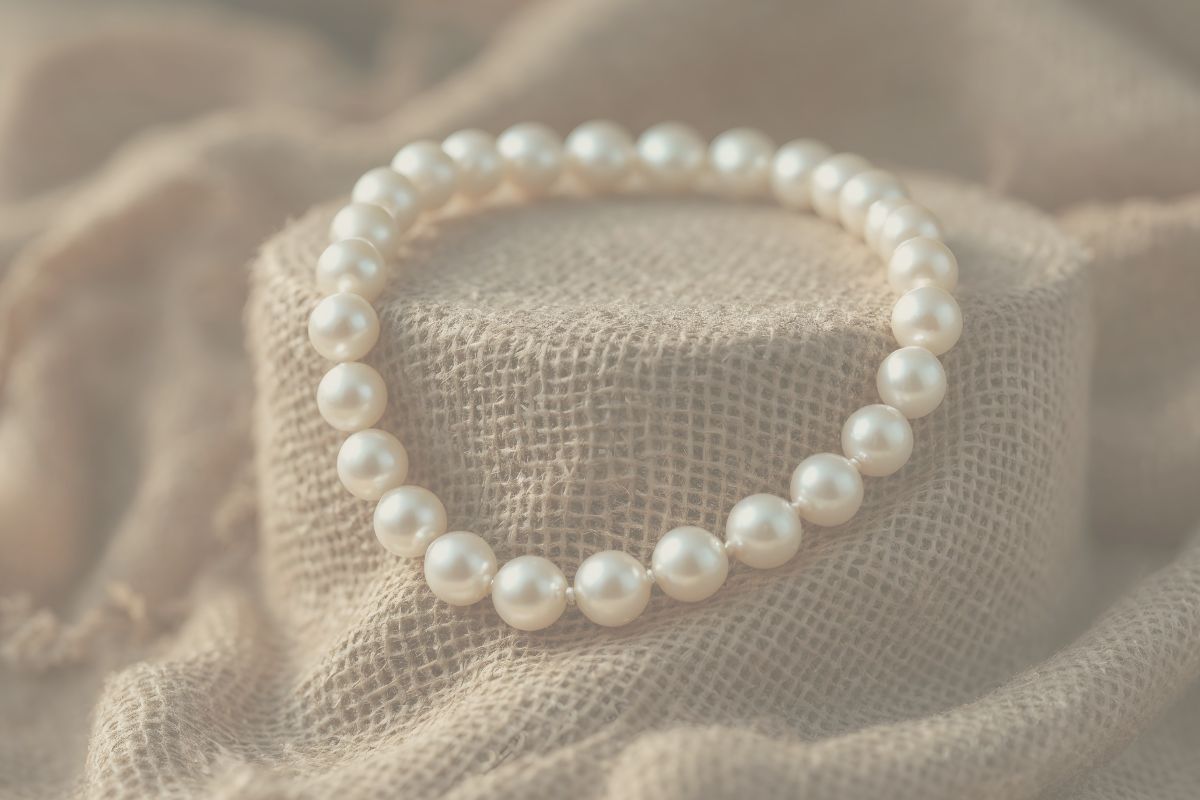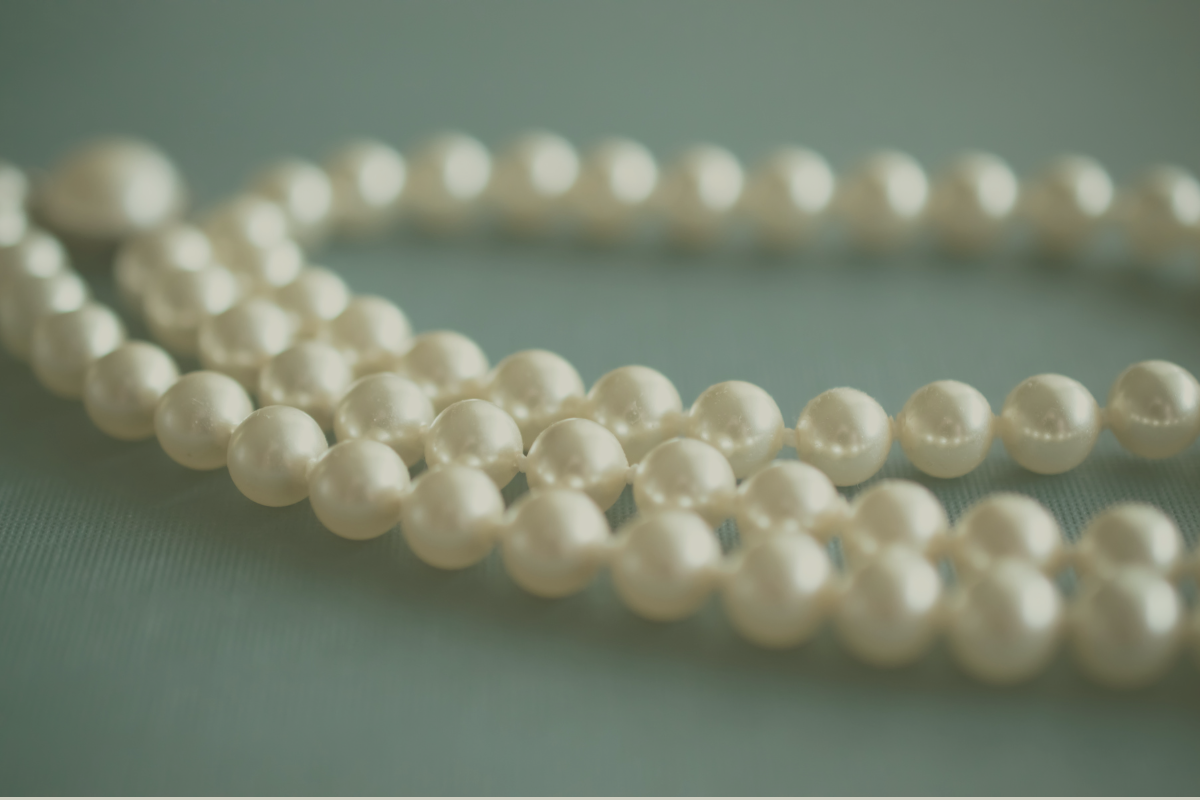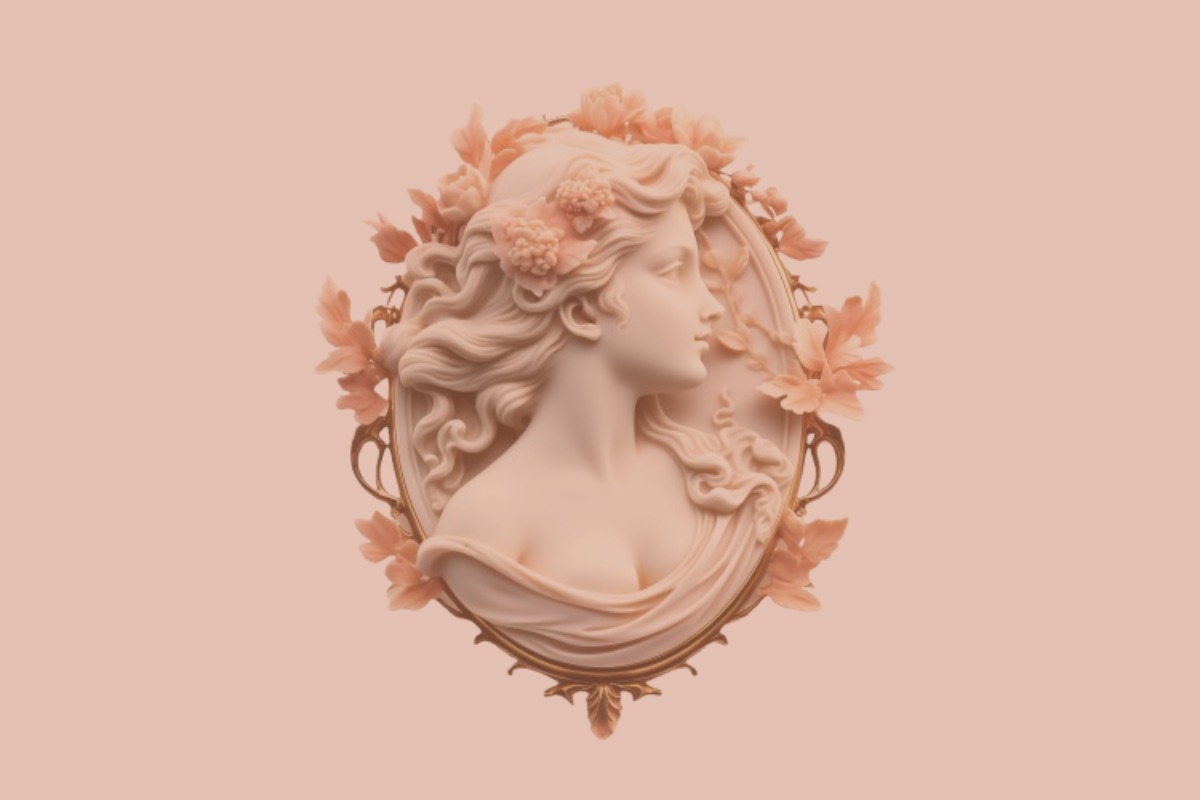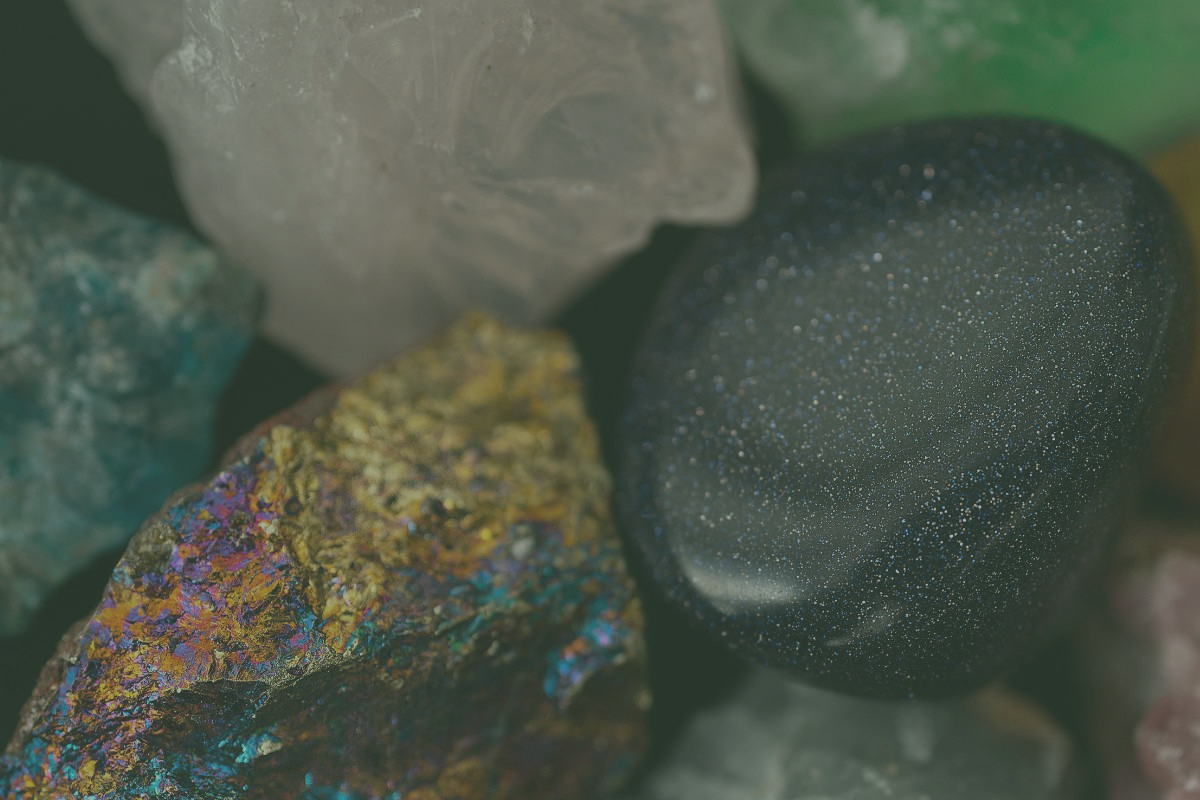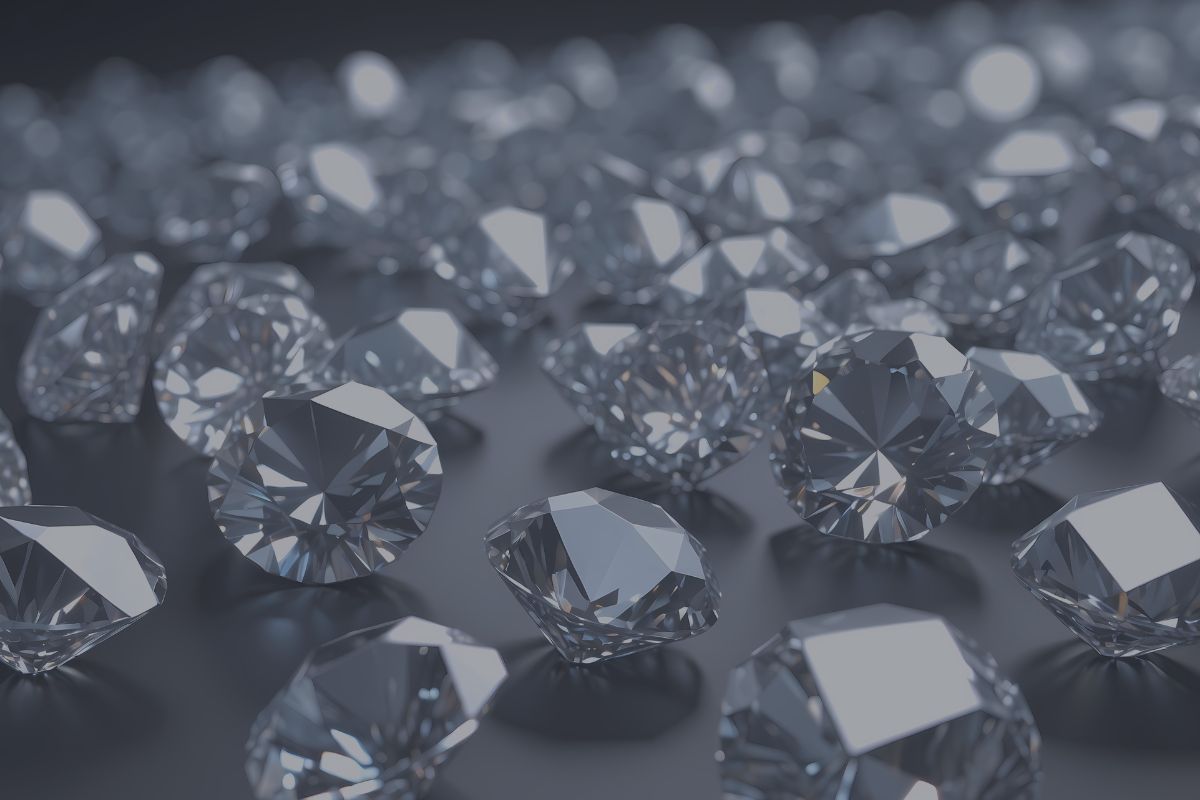They are not just gems. They are not just symbols of luxury. Over the centuries, some jewels have transcended their material value to become legendary, playing a leading role in political intrigues, dynastic histories, and tales that still fuel the collective imagination today. Two of the most famous examples are the Koh-i-Noor diamond and Cleopatra's emeralds, stones that have tied their fate to that of queens and empires.
The name “Koh-i-Noor” means “Mountain of Light” in Persian. It is one of the most famous diamonds in the world and is now part of the British Crown Jewels. Its origins probably date back to the 14th century, in the mines of what is now Andhra Pradesh in India, a region that has produced other legendary gems.
Originally, the diamond was even larger: over 180 carats before the modern cut, which reduced it to its current size of approximately 105 carats. Its history is a journey through empires and dynasties: from the sultans of Delhi to the Mughal emperors, to the Sikh rulers of Punjab. In 1849, following the annexation of Punjab, it became part of the treasures of the East India Company and was given to Queen Victoria, becoming an emblem of British power. Today, it is set in the Queen Mother's Crown, kept in the Tower of London. Tradition dictates that it should only be worn by queens or consorts: legend has it that it brings good luck to women but misfortune to men.
In the collective imagination, few gems evoke as much fascination as Cleopatra's emeralds. Ancient sources tell of deposits in the eastern Egyptian desert, known as Mons Smaragdus, which were already being exploited in the Ptolemaic era. For Cleopatra, emeralds were more than just ornaments: they represented royalty, fertility, and her connection to the goddess Isis. The queen wore them in necklaces, tiaras, and rings, making them an integral part of her political and personal image. According to tradition, she also used to give emeralds engraved with her portrait to foreign dignitaries, transforming the gem into a tool of diplomacy and propaganda.
Although no jewellery that can be attributed with certainty to the queen has survived to this day, her connection with emeralds has remained etched in the collective memory. Over the centuries, the stone has been associated with feminine charm, charismatic strength, and royal power, so much so that Cleopatra is still remembered today as the “queen of emeralds.”
The Koh-i-Noor and Cleopatra's emeralds demonstrate how gems can become witnesses to history and myth, transcending their material value to become symbols of power, charisma, and destiny. Stones that shine not only for their beauty, but for the extraordinary events that have accompanied them.
PUBLICATION
15/09/2025
Supplied by Assogemme



